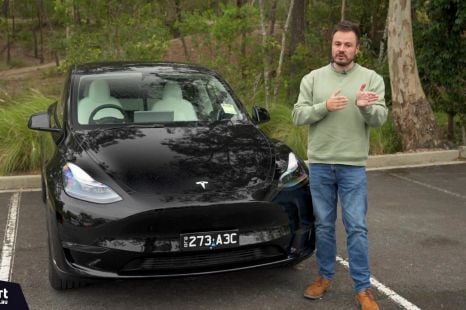

Paul Maric
This Tesla self-drove me 50km to Bunnings on its own (almost)
6 Days Ago
The new Leaf e+ gains power and range as well as price, making an already good EV better... but also much more expensive.
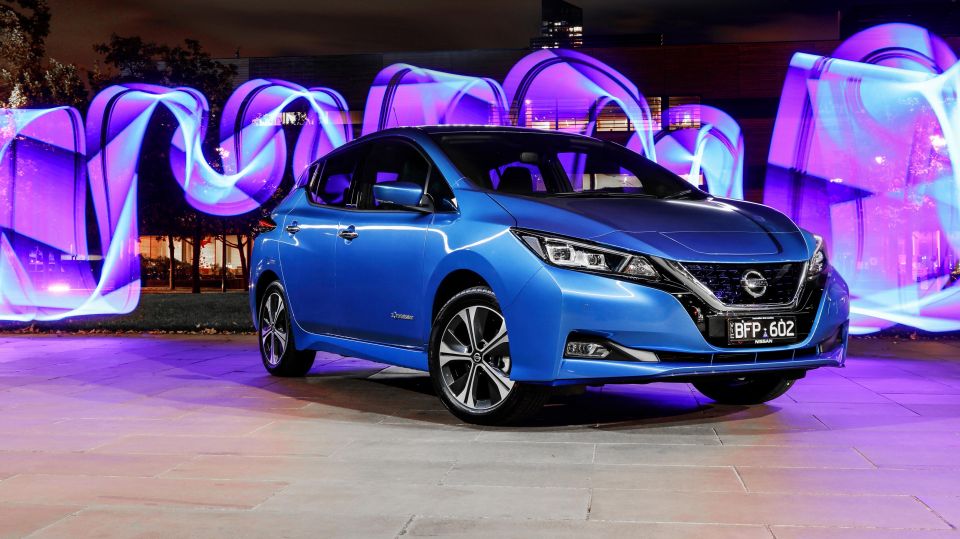
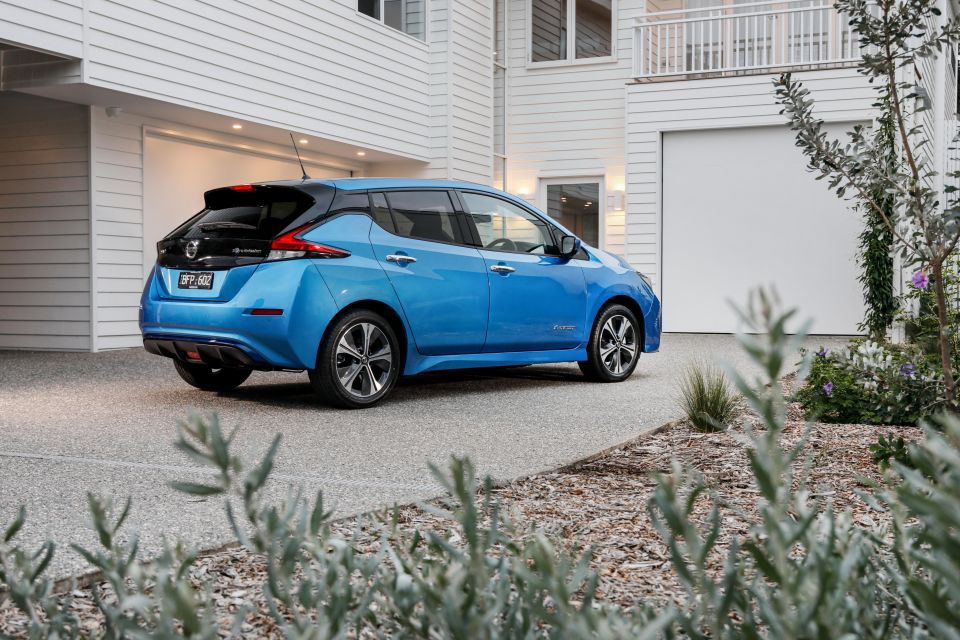

Marketplace Editor
New from
$49,990
excl. on-roads

Marketplace Editor
New from
$49,990
excl. on-roads


Marketplace Editor
New from
$49,990
excl. on-roads

Marketplace Editor
New from
$49,990
excl. on-roads
Quickly see how this car stacks up against its competition. Select any benchmark to see more details.
Where expert car reviews meet expert car buying – CarExpert gives you trusted advice, personalised service and real savings on your next new car.
The Nissan Leaf is the original mainstream electric vehicle, launched in its first generation at the very end of 2010. Nissan has sold more than 500,000 units globally over its decade-long lifecycle.
Now in its second generation, the Japanese branded but UK-built (for Australia) EV is offering more choice for 2021, with the addition of a longer range variant dubbed the Nissan Leaf e+ originally launched overseas in 2019.
Compared to the standard Leaf, the e+ brings more range and more grunt, though little else separates the two variants.
Nissan says it wants to offer more choice with the e+ and attract buyers who may not have previously considered a Leaf due to the standard model’s more urban-friendly drive range claim.
Does it stack up against an ever-increasing set of competitors?

The Leaf e+ is listed from $60,490 before on-road costs, representing a $10,500 premium over the standard 40kWh Leaf.
No cost options other than premium and two-tone paints ($595/$990 respectively). That translates to a Victorian drive-away price of between $65,880 and $66,920 depending on specification.
It puts the Leaf e+ very close to the Hyundai Kona Electric (from $62,000) and Tesla Model 3 Standard Range Plus ($62,900). Incoming competitors that will likely be in the same vicinity pricing wise include the Kia Niro EV and Hyundai Ioniq 5.
Beyond the pure electric stuff, other electrified alternatives include the Mercedes-Benz A250e (from $63,400) and Volvo XC40 Recharge ($64,990) plug-in hybrids.
Both are similar in size to the Leaf with more premium branding and finishes, though electric range is between 46km (Volvo) and 73km (Mercedes-Benz).
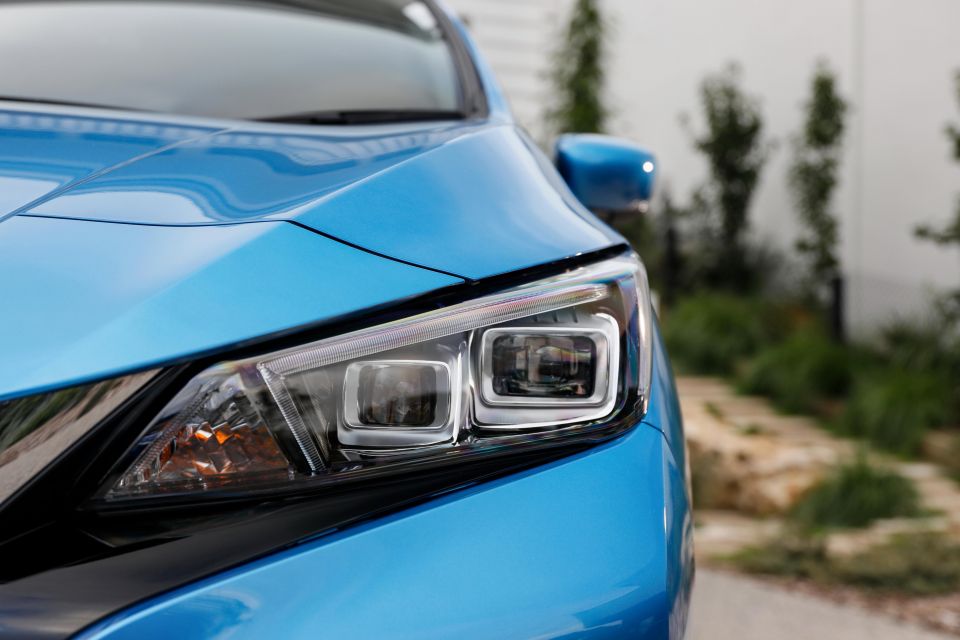
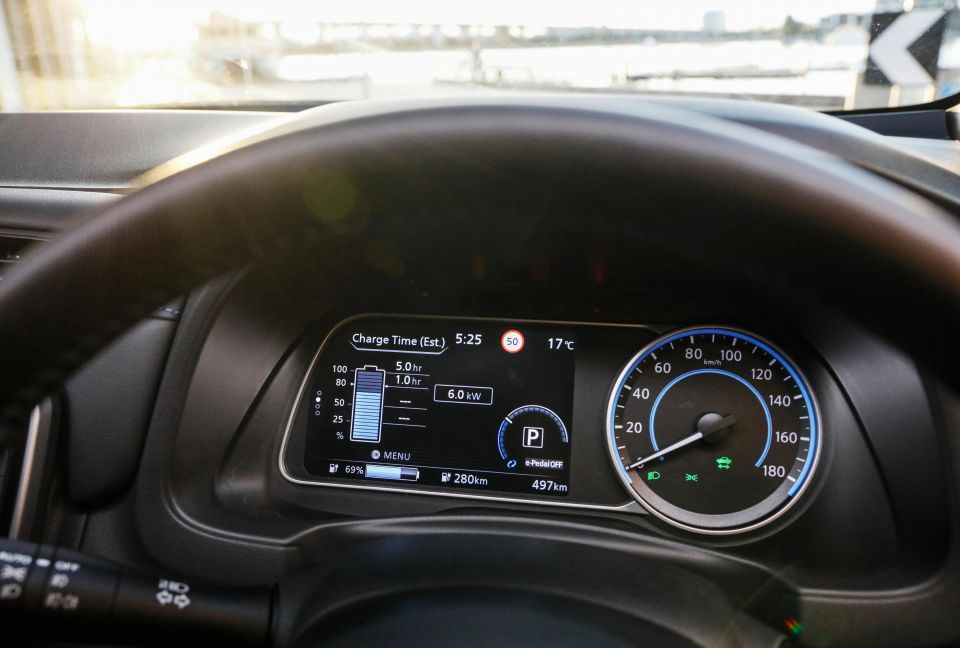
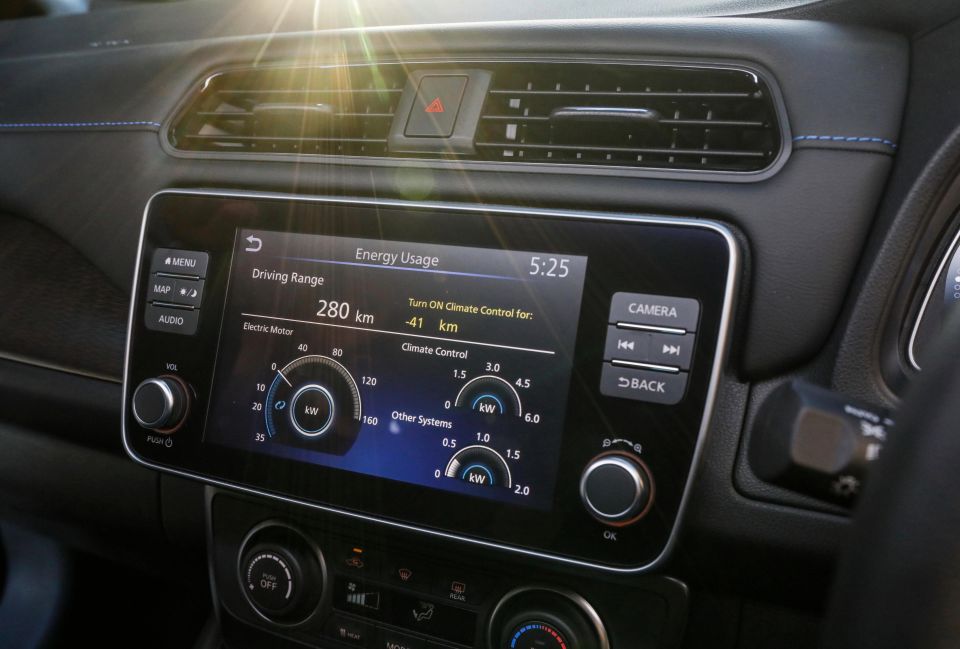
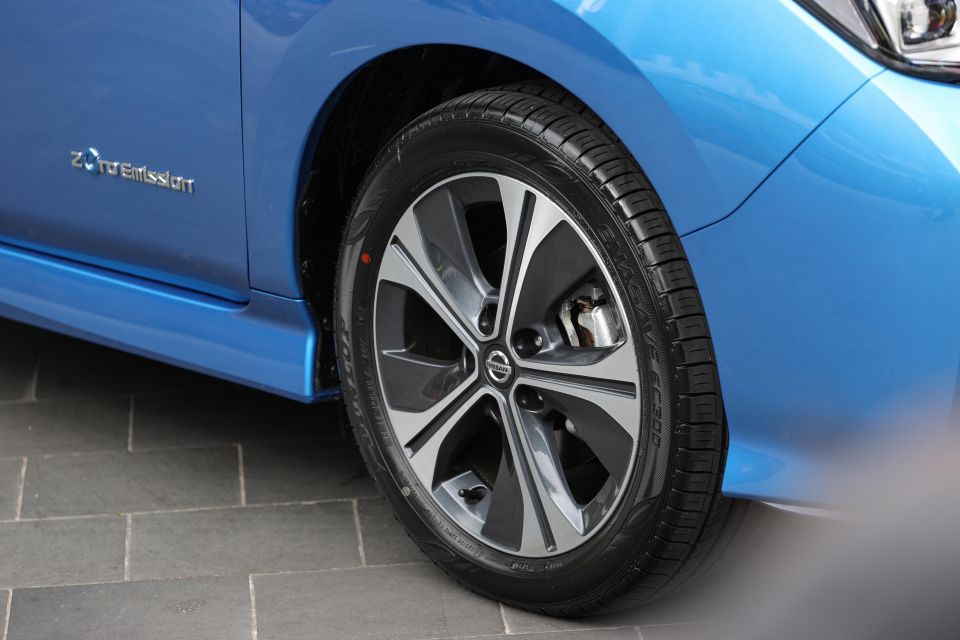
Highlights for both Leaf models include:
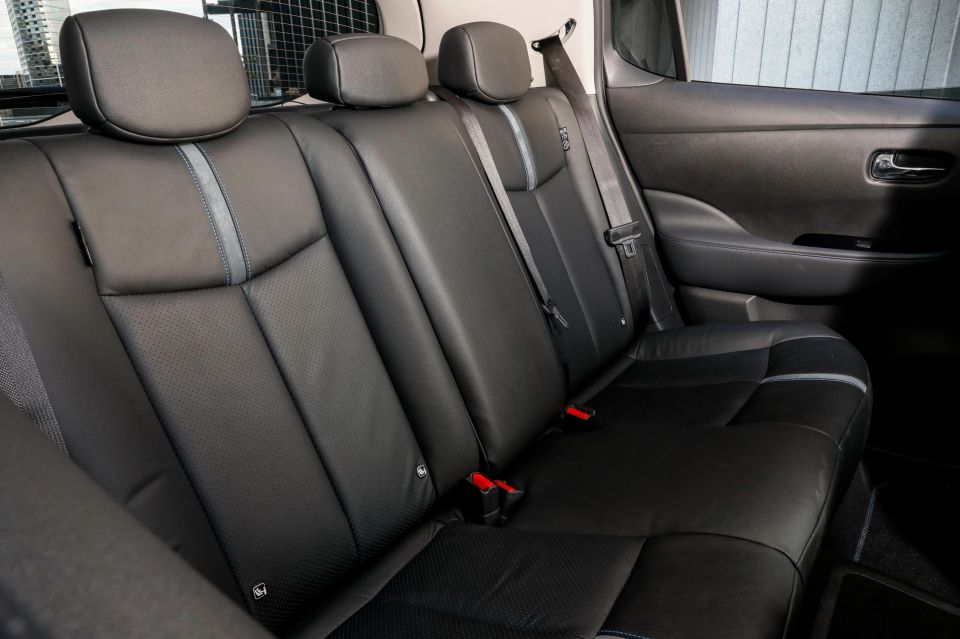
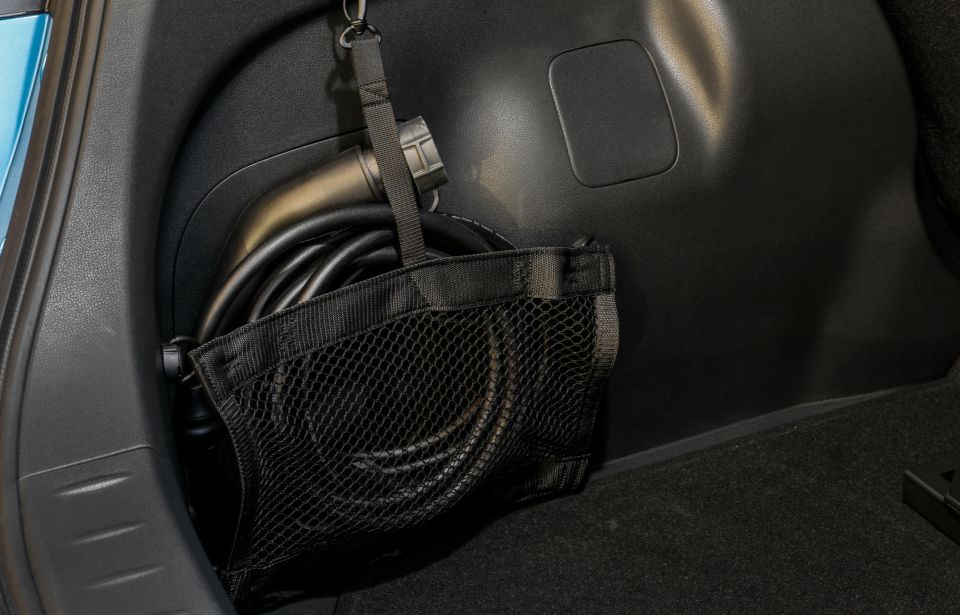
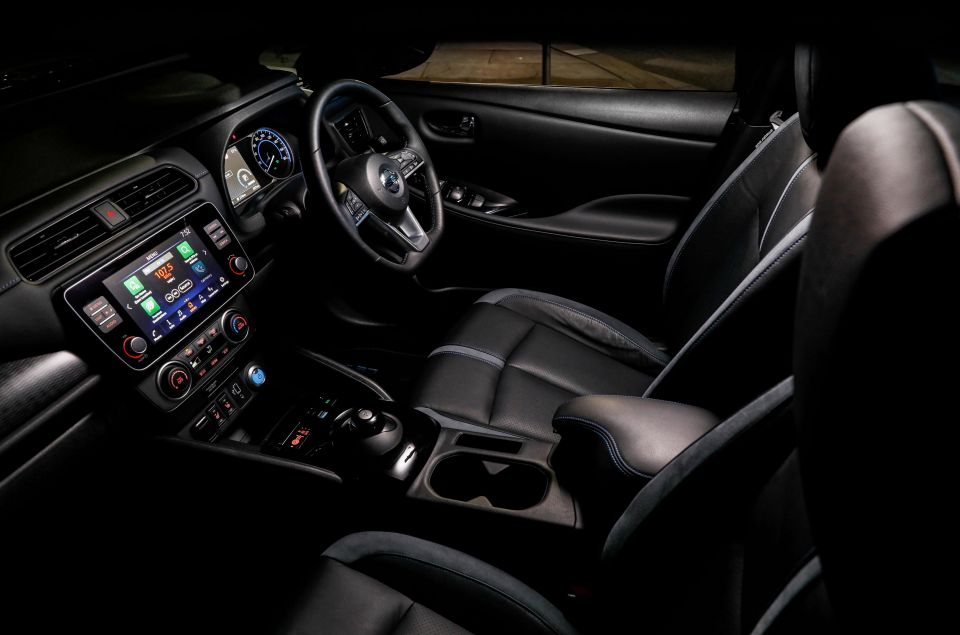
On paper the Leaf and Leaf e+ are pretty well equipped, with the connectivity and technology features expected at this price point largely satisfied.
However, there are some odd omissions like a steering wheel that only adjusts for rake but not reach, as well as manual adjustment for the front seats.
Further, there’s a foot-operated park brake, no head-up display and no ProPilot Assist semi-autonomous driving mode like you’ll find on overseas models.
On the standard Leaf at $50,000 you could perhaps get away with it, but at $60,000 you’re in the ballpark of vehicles with higher levels of specification and with more advanced assistance tech and infotainment. Food for thought.
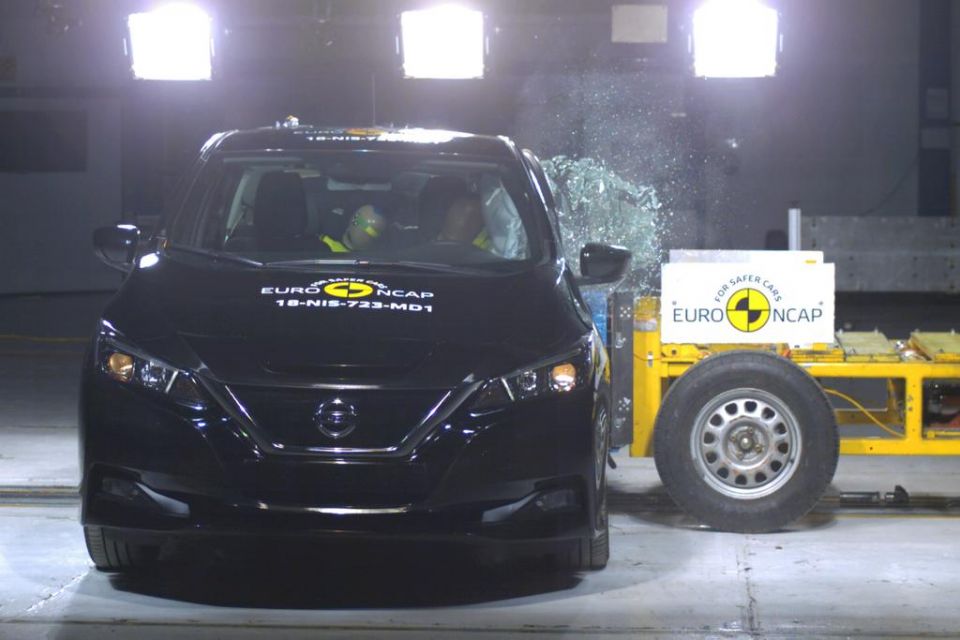
The Nissan Leaf wears a five-star ANCAP safety rating based on 2018 tests conducted by Euro NCAP.
Category scores included 93 per cent for adult occupant protection, 85 per cent for child occupant protection, 71 per cent for vulnerable road user protection and 70 per cent for safety assist.
Autonomous emergency braking (City, Interurban and Vulnerable Road User), lane keep assist, lane departure warning and blind-spot monitoring are standard.
Dual frontal, side chest and side curtain airbags are also standard.
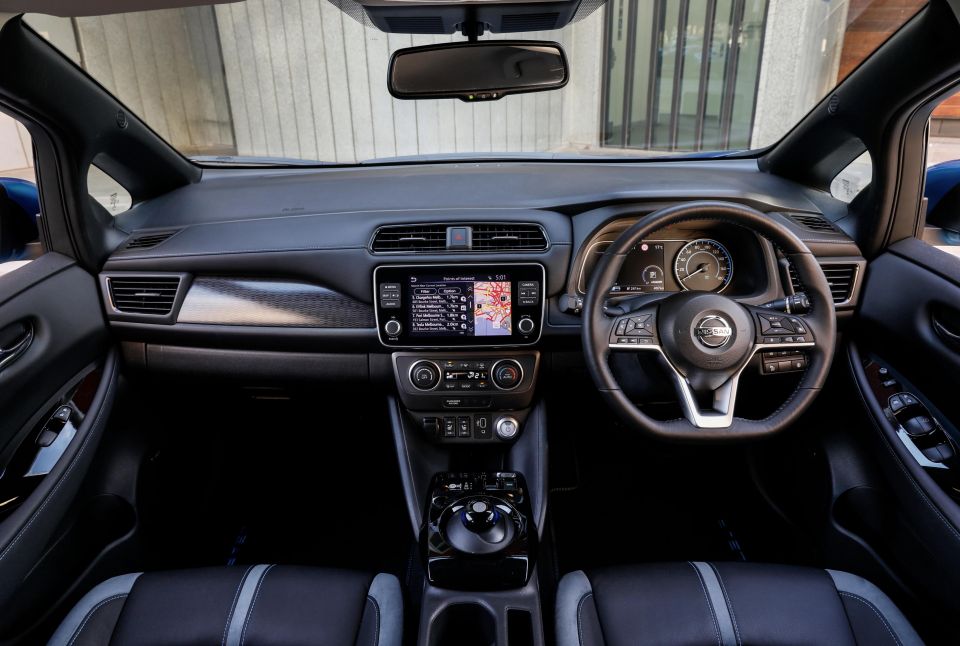
When the second-generation Leaf was first revealed in 2017, the updated cabin was not only a huge step forward for the badge, it was in line with the times.
The overall design and layout still presents quite well and, in typical Nissan fashion, everything is conventional and clean.
With that said, numerous elements look and feel dated, and some of the materials don’t feel up to scratch for a vehicle costing this much.
The attractive three-spoke steering wheel doesn’t adjust for reach which is just plain annoying, and the driver is sat quite high for a non-SUV.
The foot-operated park brake is another reminder the Leaf was designed at the earlier half of the 2010s, though the 7.0-inch supervision cluster with its array of menus is a nice touch – allowing you to see real-time energy usage monitors and cool infographics.
Some of the switchgear looks a little old hat, too, like the climate controls and frosted start button that looks like they came from a 2010 Pathfinder.
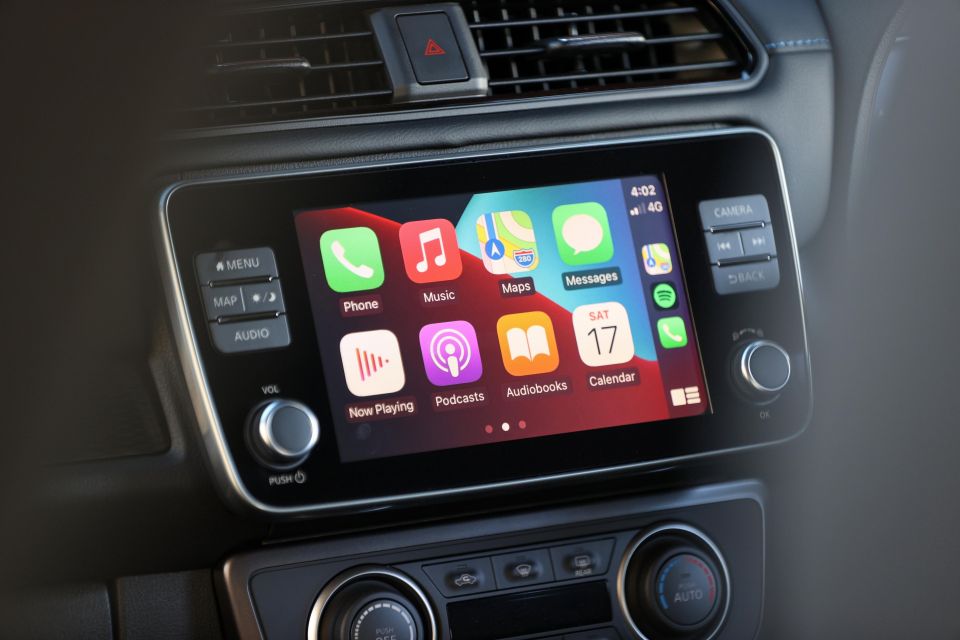
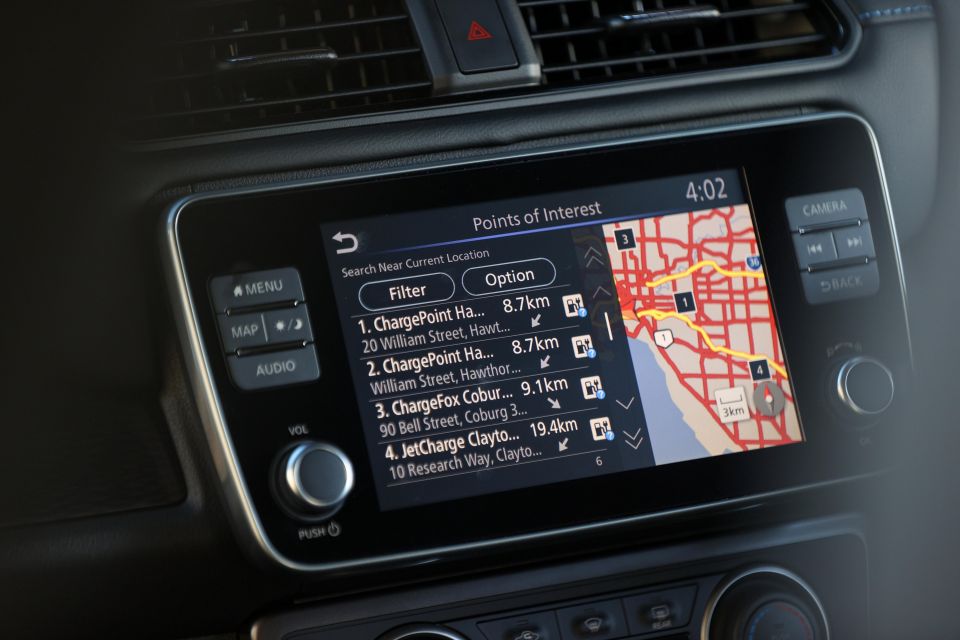
Build quality is pretty solid; there were no rattles or squeaks during our time with the launch vehicles, though the hard, scratchy plastics lining the upper dash and doors are more $25,000 city car than $60,000 EV.
The 8.0-inch central touchscreen is well featured in offering in-built navigation, wired Apple CarPlay and Android Auto, as well as AM/FM/DAB+ functionality. However, the graphics of the native software are already looking a little old hat, and it’s not the quickest system to respond to inputs.
We’d also note the Kona’s higher-resolution 10.25-inch display looks and feels a lot more expensive, as does the Model 3’s huge 15.0-inch touchscreen. That’s what competitors are offering for similar money.
Driver comfort is somewhat dependent on your body type. My tall, long-legged frame wasn’t the best match for the Leaf’s pilot chair which is a bit high even in its lowest setting.
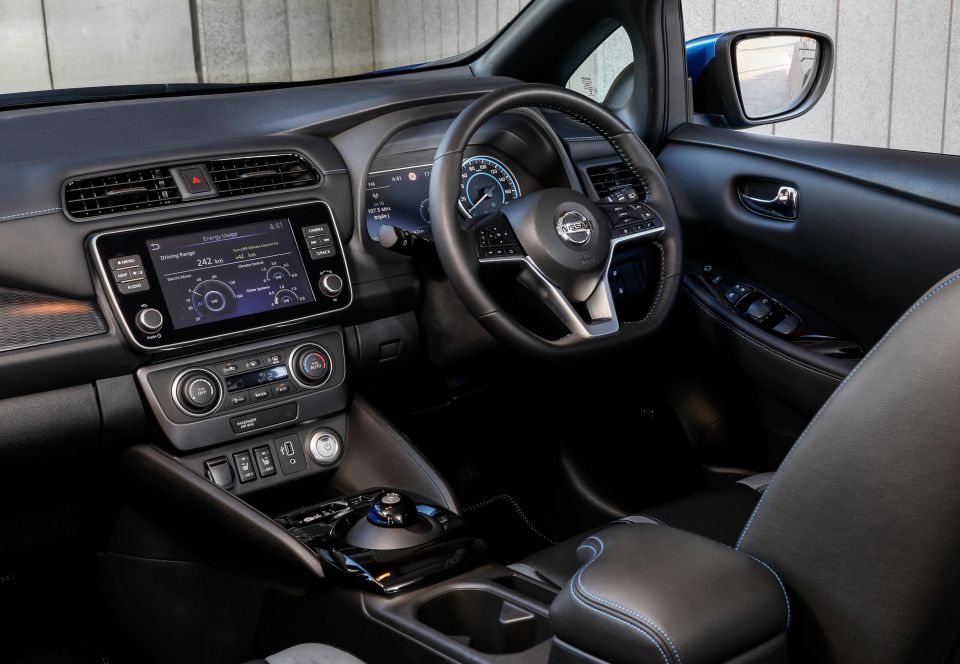
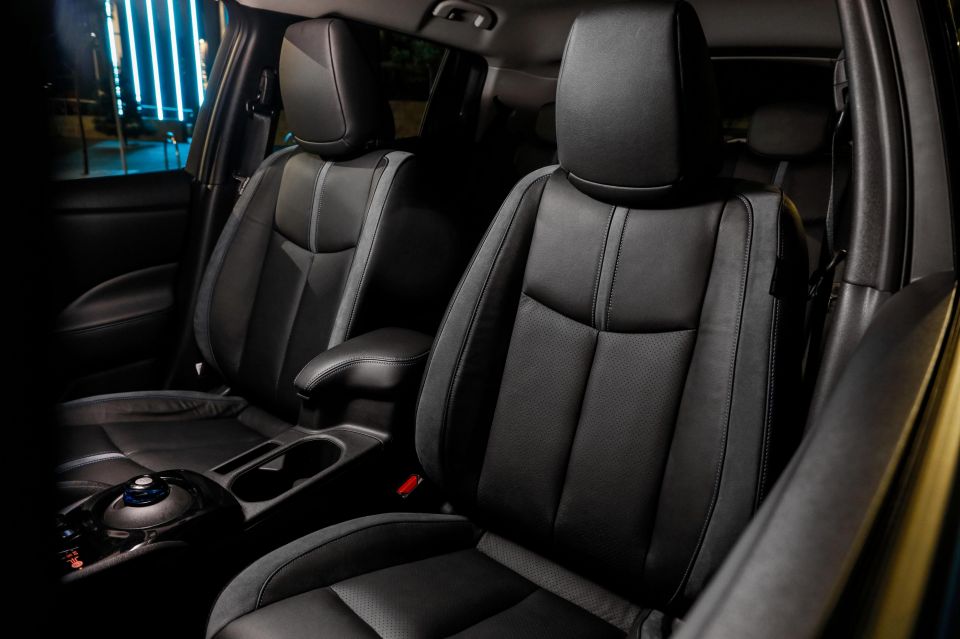
I felt I was sitting on top of it and reaching quite far for the steering wheel, far from ideal given we drove a circa two-hour drive loop.
Beyond the driving position niggles and some cheap-feeling plastics, the Leaf is otherwise not a bad place to spend time.
All the controls are logically laid out and there’s a decent amount of storage for your odds and ends.
Heating for the front seats and steering wheel are nice touches, and we were encouraged to use these features rather than the climate control system as a more efficient way to keep warm – saving energy in the process.
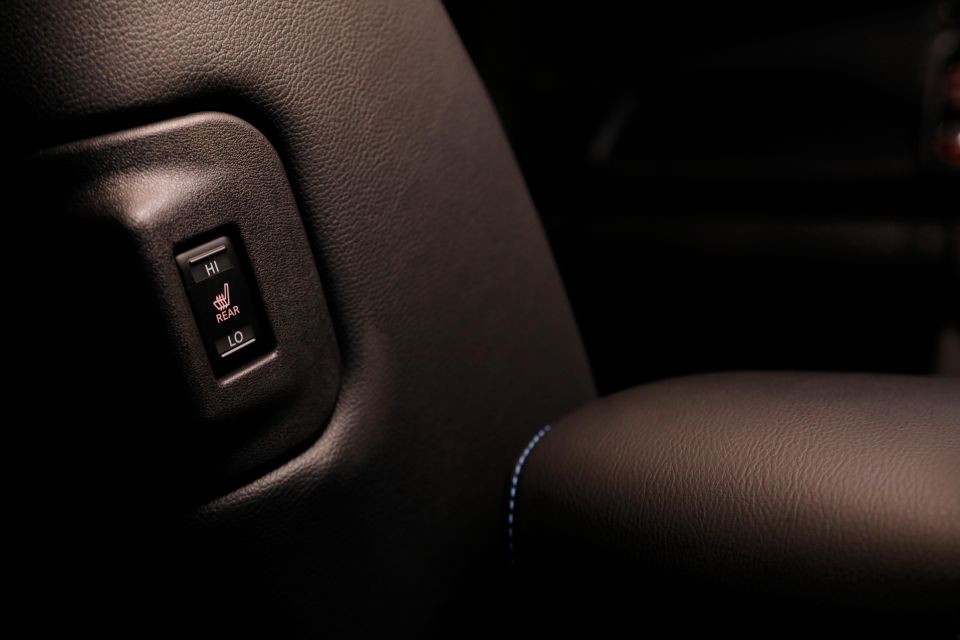
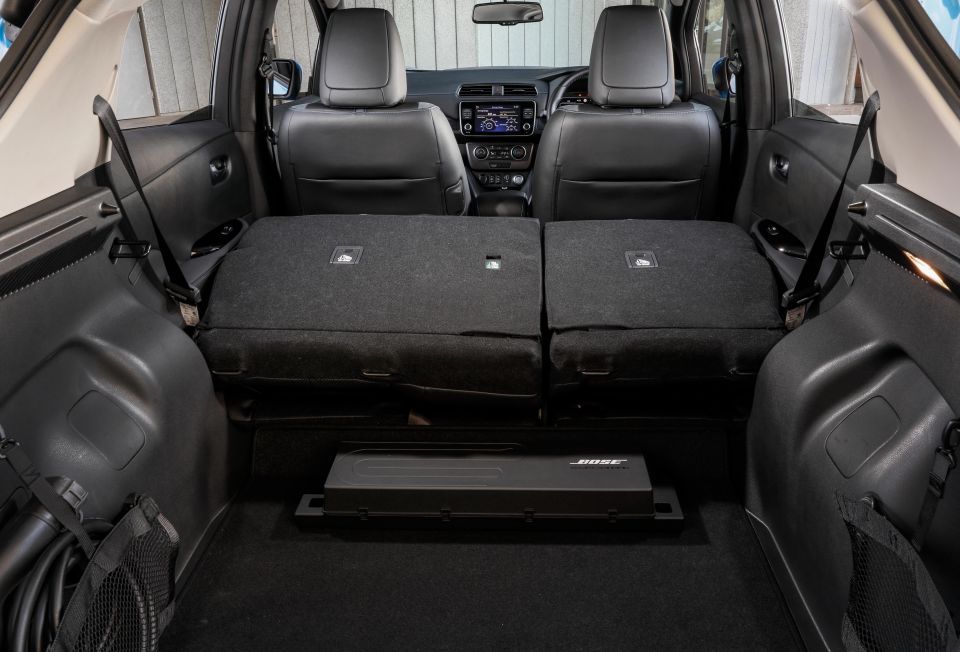
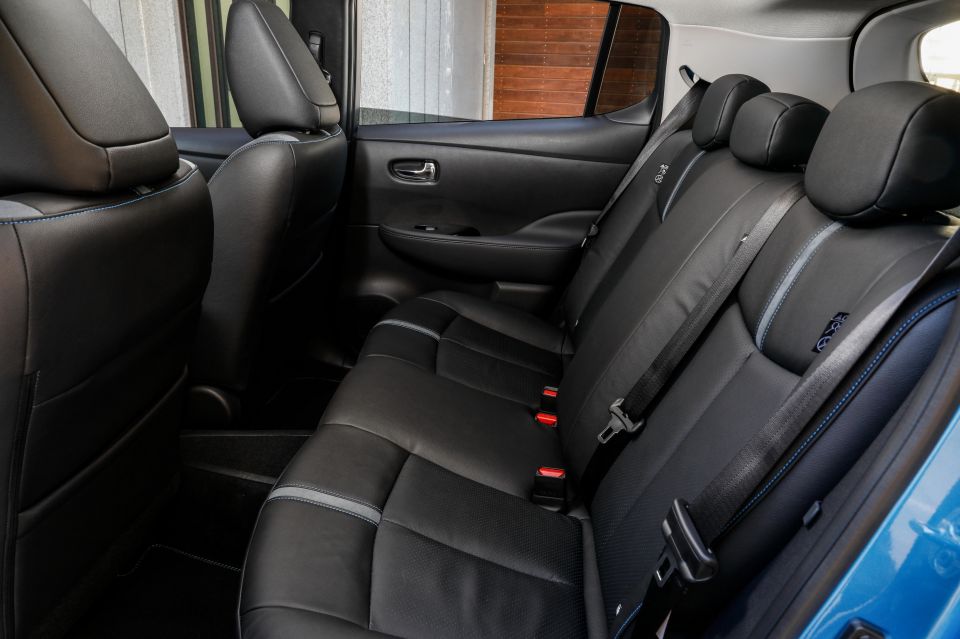
Moving into the second row, there’s acceptable amounts of room for two adults with amenities such as heated outboard seats and ISOFIX child seat mounts.
However, you won’t find rear air vents, nor a fold-down centre arm rest with cupholders. Middle-seat passengers also have to content with a storage cubby along the centre of the floor which eats into foot and leg room.
Further back again, the Leaf offers a 405L boot area which is more than say, a Hyundai i30 or Volkswagen Golf, and expands to 1176L with the rear seats folded.
However, the Bose audio system creates a big square hump where the subwoofer lives, with no adjustable floor to make a flat load bay. There’s also a large step over the rear seat backs – let’s just say the Leaf hasn’t been packaged with IKEA trips front of mind.
The Nissan Leaf has a space-saver spare wheel.
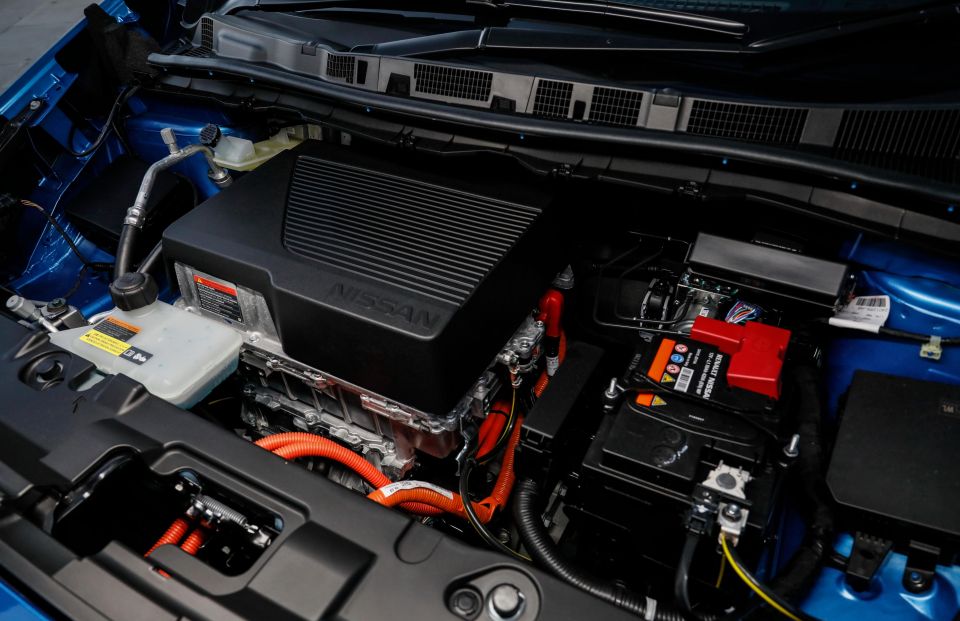
Opting for the Leaf e+ brings a higher battery capacity, as well as a more powerful electric motor on the front axle.
The synchronous e-motor now makes 160kW and 340Nm driving the front wheels through a single-speed transmission, up from the standard model’s 110kW and 320Nm.
Meanwhile, the passively-cooled lithium-ion battery pack is now rated for 62kWh compared to the standard 40kWh. Nissan says the more dense battery of the e+ is packaged in the same enclosure as the standard model, though it’s slightly thicker and therefore the e+ rides fractionally higher (around 5mm).
Nissan claims a one-second improvement in 0-100 acceleration (6.9 v 7.9 seconds), and top speed increases to 158km/h from 145km/h – though that’s less relevant on Australia’s strictly governed roads.
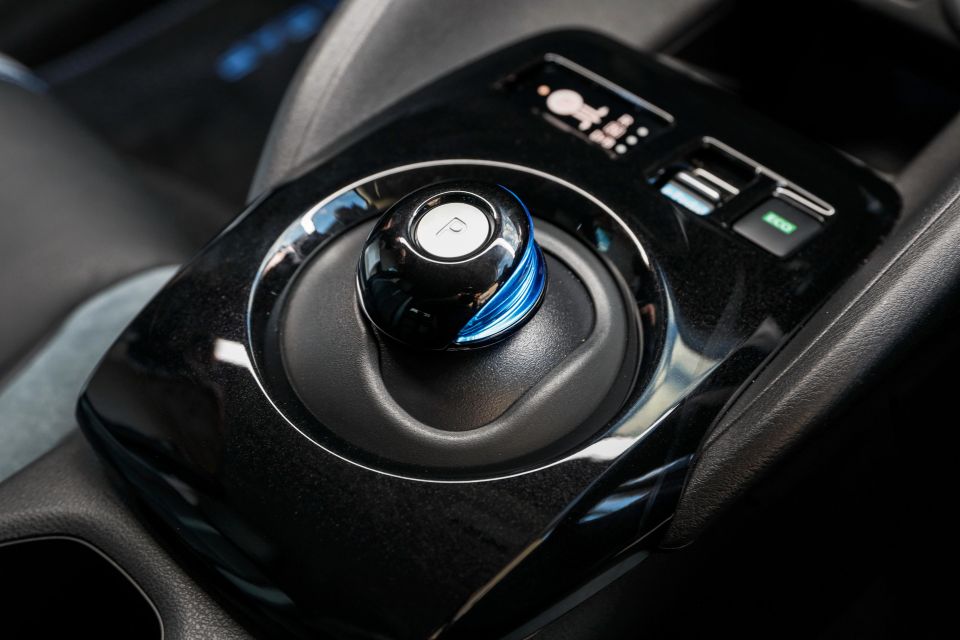
As for range, the bigger battery pack affords a WLTP-certified 385 kilometres of range on the combined test cycle, 115km more than the 40kWh Leaf.
Charging takes 32 hours using a conventional 10A three-pin wall socket, reducing to 11 hours 30 minutes with a 32A Type 2 AC charger.
The Leaf e+ is compatible with 100kW DC fast charging (the standard Leaf does 50kW), allowing for the battery to be replenished from 20 per cent to 80 per cent in as little as 45 minutes – 15 minutes less than the standard Leaf on a 50kW DC charger.
Should a 50kW DC charger be all you have access to, the Leaf e+ should take 90 minutes to charge from 20-80 per cent.
Nissan claims an energy consumption figure of 18.0kWh/100km.
We didn’t get a chance to properly test the long-range Leaf’s range during our launch drive, but our return trip from Tullamarine to Daylesford favouring freeway speeds was a circa-130km round trip and we ended with an indicated 100km of range to spare.
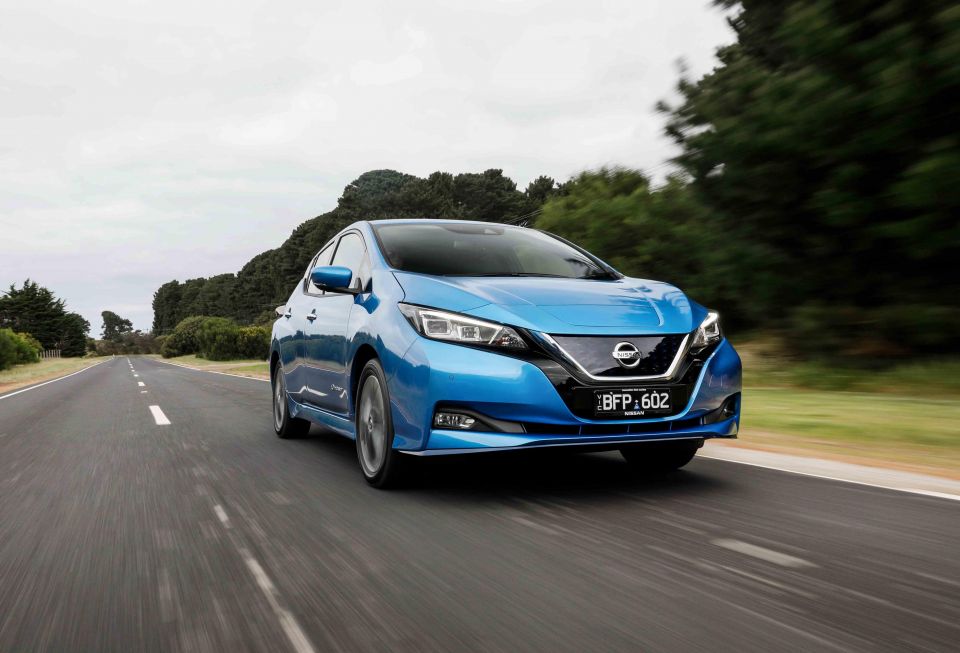
Setting off from the Melbourne Airport in Tullamarine, our two-hour test route took us over a mix of freeway, country B-roads and twisty mountain roads – not your usual EV playground.
One of the first things I noticed once we hit a 110km/h section of the Calder Freeway was how impressively refined the Leaf is at speed.
Road and wind noise is very hushed over coarse-chip sections of freeway, and ride comfort is likewise excellent. The Leaf is comfortable and composed over bumpy sections and undulating surfaces, so big tick there.
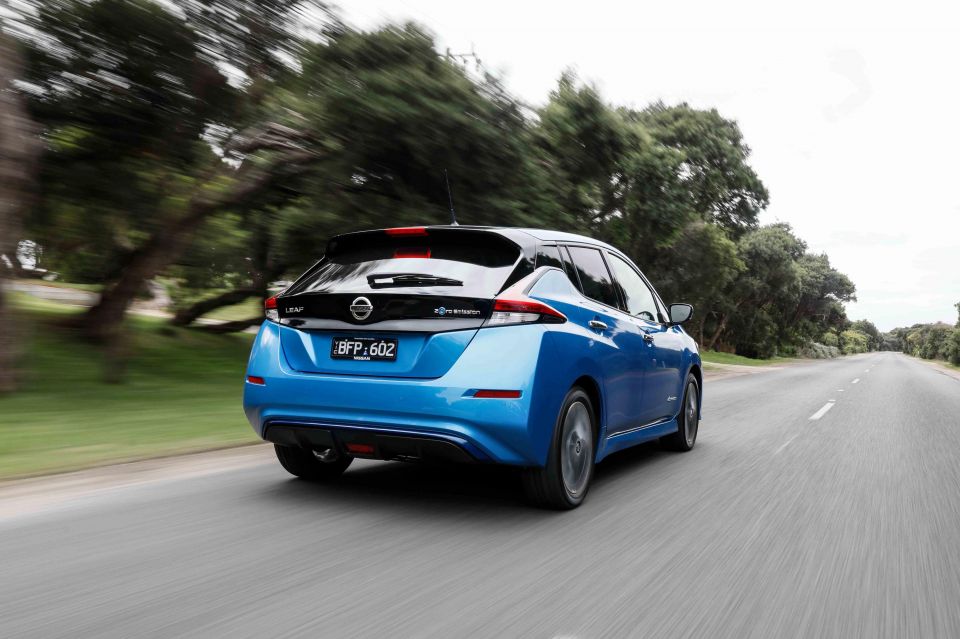
The powertrain was a little dulled in Eco mode (we set off in this mode without realising), and there was a significant difference in response and power delivery once we flicked off the Eco button.
While it doesn’t shoot you at the horizon like a high-end Tesla, the Leaf e+ offers very strong acceleration with linear, progressive delivery. It’s super smooth, which I prefer to the neck-cracking acceleration some EV buyers are looking for.
The Leaf’s adaptive cruise control system worked well on the freeway, but the lane departure warning would incessantly beep and vibrate the steering wheel rather than assisting, traits associated with older, less sophisticated systems.
Once we got off the freeway we took on some B-roads and some twisty stuff around Mt Macedon, giving us the opportunity to test out the Leaf’s handling and also try out the e-pedal function – a mode with heavy regenerative braking that in concept allows for one-pedal driving.
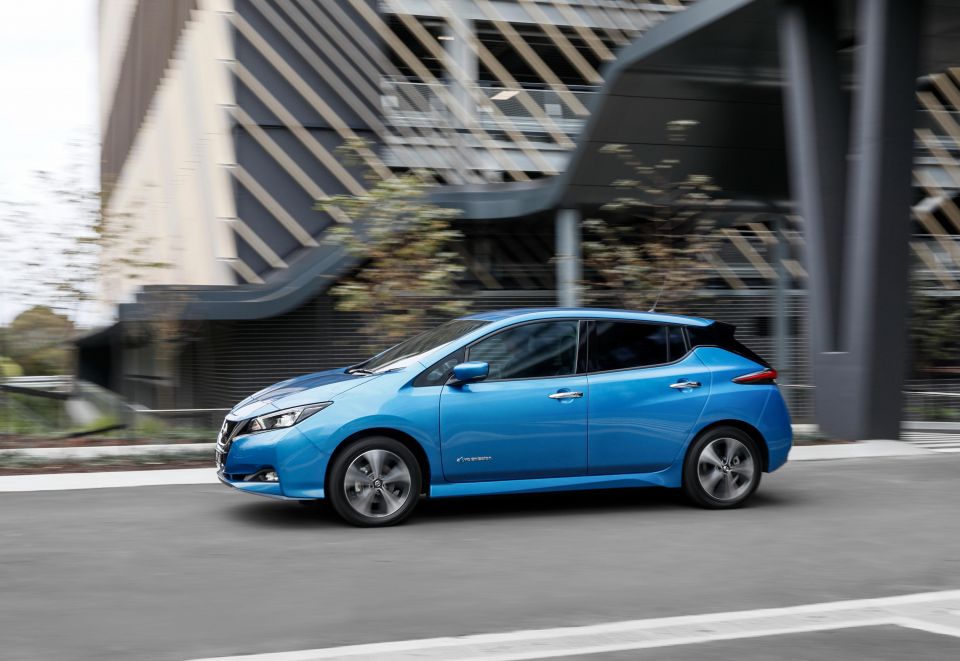
Where expert car reviews meet expert car buying – CarExpert gives you trusted advice, personalised service and real savings on your next new car.
I found it quite easy to adapt to the e-pedal mode, and you feel good knowing you’re recharging the batteries every time you lift off the throttle. While we were testing this out on high-speed regional roads, it would be even more useful in city and urban driving environments.
As for the handling, the Leaf e+ is a fun little thing to steer despite its 140kg weight penalty compared to the 40kWh model (1736kg).
The chassis is well resolved and balanced, meaning it turns in with enthusiasm and has limited body roll in the bends. Couple that with light, direct steering and hot hatch-like torque as soon as you press the throttle, and you have an eco car that proves saving the environment doesn’t have to be ‘boring’.
With all those positives it really made the aforementioned ‘off’ driving position even more annoying. The Leaf clearly has some of Nissan’s sporting roots in its DNA and to have a driver’s seat that’s perched more like it’s for a Navara than a low-riding hatchback is really annoying.
Hopefully a mid-life refresh in the coming years brings a revised driver’s seat and reach adjustment for the steering wheel.
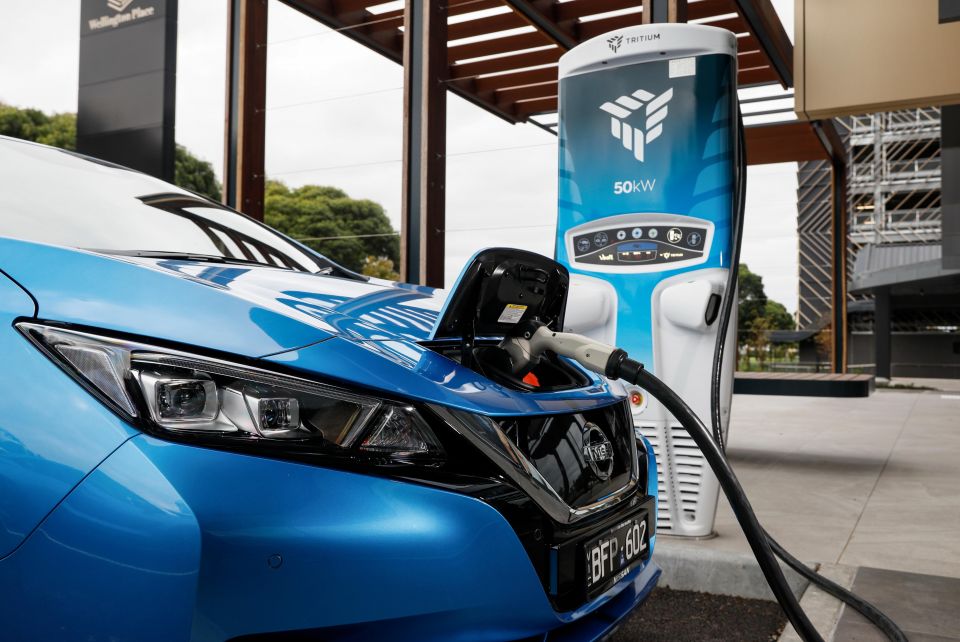
The Nissan Leaf range is covered by a five-year, unlimited-kilometre warranty with five years of roadside assist.
Scheduled maintenance is required every 12 months or 20,000km, whichever comes first.
For both Leaf variants, the first six visits will cost $251, $330, $251, $330, $251 and $330 – totalling $1743 over 72 months or 120,000 kilometres.
By comparison, a Hyundai Kona Electric offers a five-year service plan for $825.
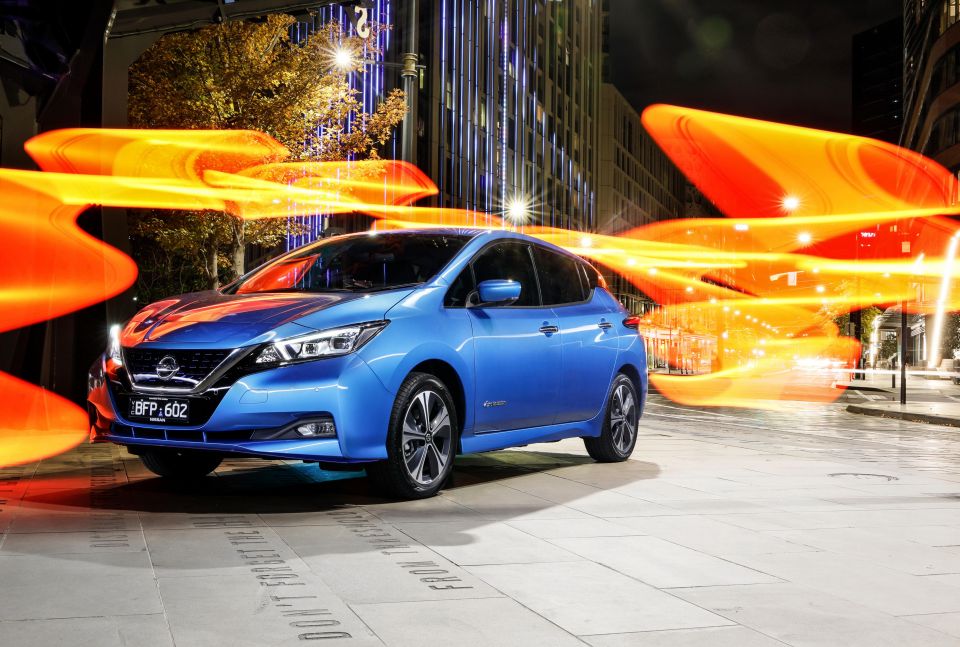
The Nissan Leaf was already a solid car, but it was hamstrung by its relatively short range in a market that likes the idea of the odd road trip even if the average customer will never go on one.
With the Leaf e+ the brand has not only made the electric hatchback more appealing to more people, but given it more performance that will no doubt resonate with the performance-hungry Australian market.
However, the $60,000 price tag and high service pricing is a hard pill to swallow when rivals with more range and more tech are a stone’s throw away in price, and some of the odd spec omissions and cheap/dated-feeling interior elements are even more jarring at the Leaf e+’s higher price point.
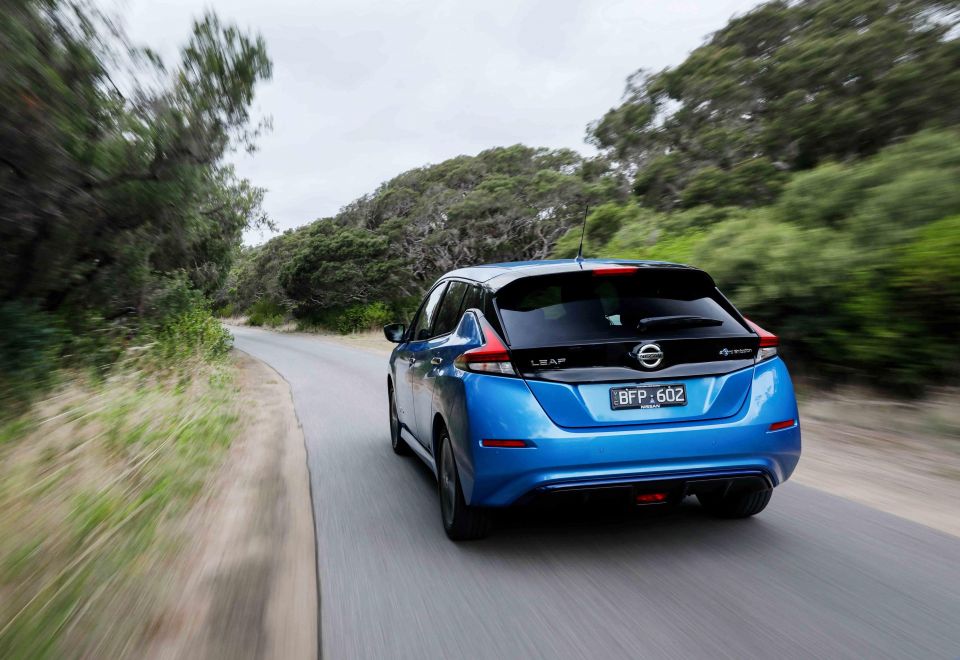
Fundamentally, the Nissan Leaf is a good car that drives beautifully and is practical enough to substitute an internal-combustion equivalent for most people, but with rivals evolving so rapidly in this increasingly electrified age, Nissan runs the risk of falling behind the pack very quickly.
What the company does have up its sleeve is the bi-directional charging capability, which following its Australian trial later in 2021 could serve as an interesting point of difference for home owners looking for convenient power storage or emergency services wanting to offer mobile power support for communities affected by natural disasters.
If you’re seriously looking into buying a Leaf e+, we’d also recommend looking at the Kona Electric and Tesla Model 3 to weigh up each vehicle’s strengths and weaknesses with regards to range, features and practicality to see which one best suits your needs.
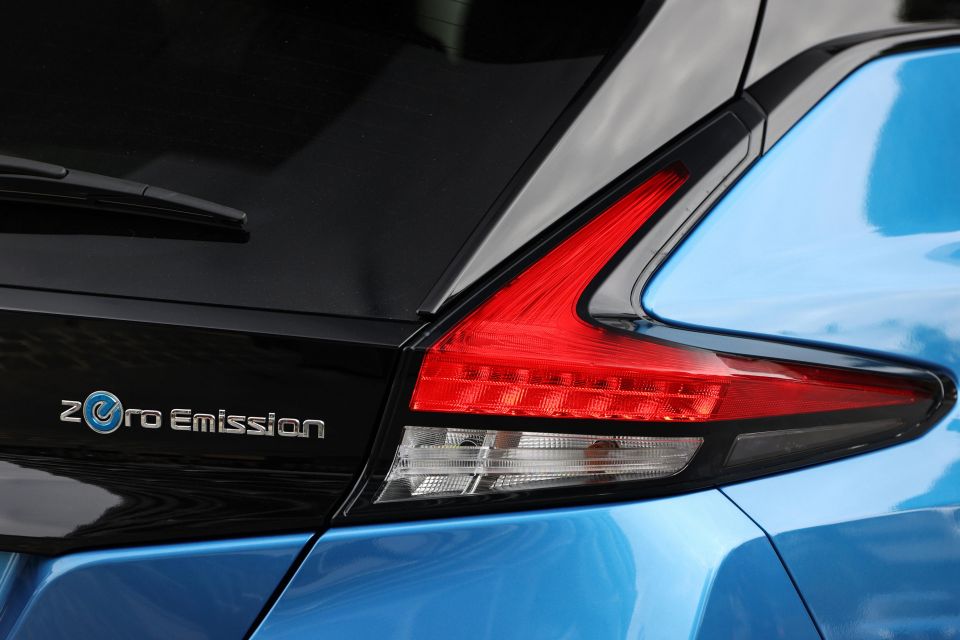
Click the images for the full gallery
MORE: 2021 Nissan Leaf price and specs MORE: Nissan Leaf news, reviews, comparisons and videos
Where expert car reviews meet expert car buying – CarExpert gives you trusted advice, personalised service and real savings on your next new car.
James is an automotive journalist based in Melbourne, Australia. Before joining CarExpert.com.au in 2020, James has worked at leading auto media outlets including Carsales and CarAdvice, as well as at Pulse agency for Ford Australia's communications team. In 2019 James made Mumbrella's 'Top 20 most prolific web authors in Australia' list after publishing 1,360 articles between March 1, 2018 and February 28, 2019 for CarAdvice. James is also an Ambassador for Drive Against Depression – an Australian charity whose mission is to support mental wellness through the freedom of driving and a shared love of cars.


Paul Maric
6 Days Ago
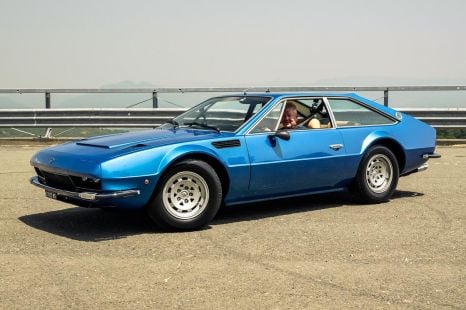

Anthony Crawford
5 Days Ago
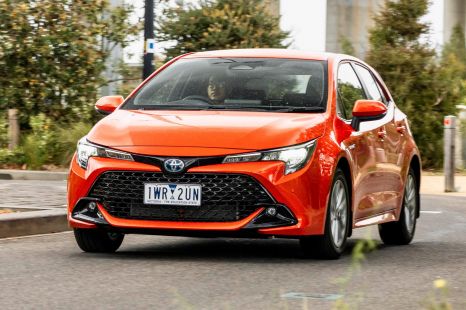

Max Davies
4 Days Ago
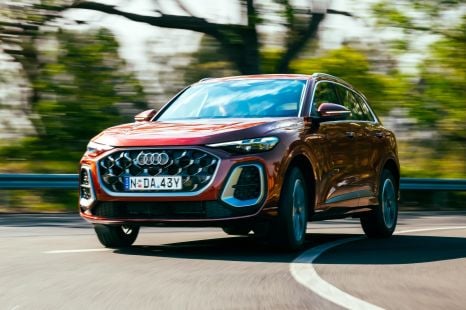

James Wong
3 Days Ago


James Wong
2 Days Ago
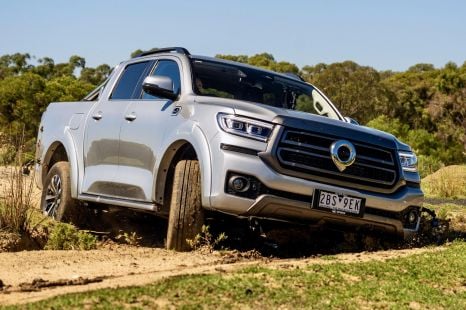

Max Davies
21 Hours Ago